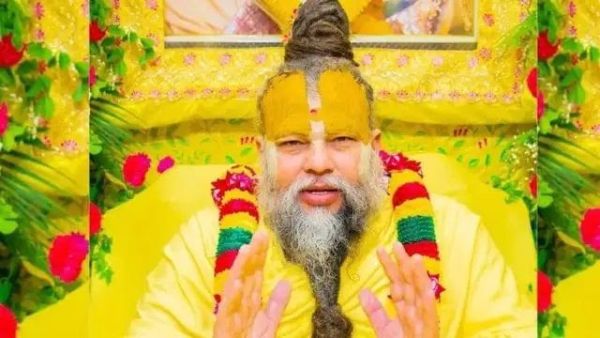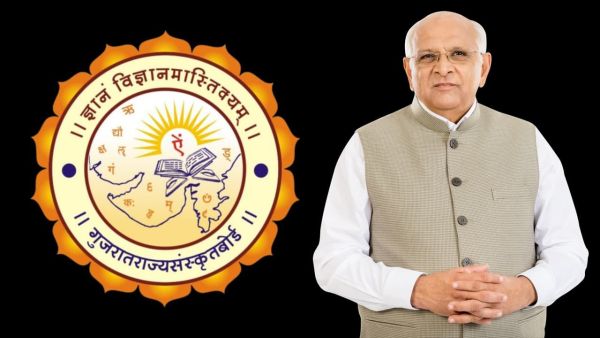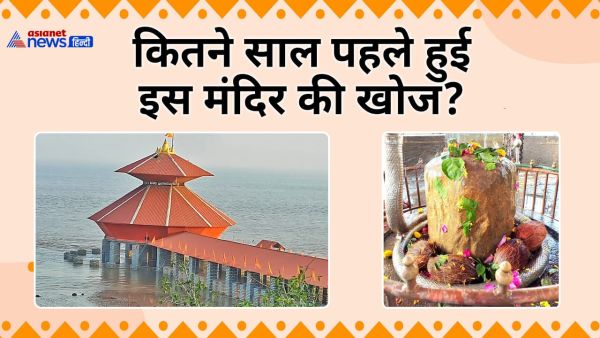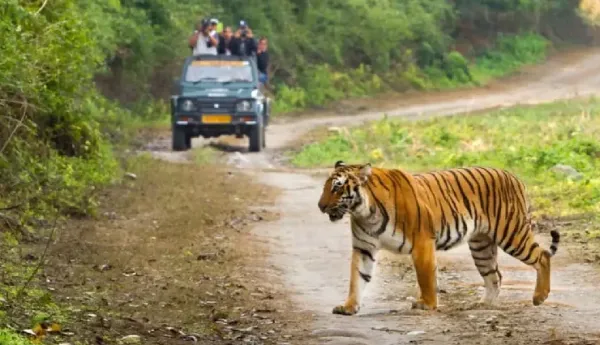
Uttarakhand, often referred to as “Dev Bhoomi” or the Land of the Gods, is a treasure trove of majestic mountains, sacred pilgrimage sites, pristine rivers, rich biodiversity, and fascinating mythological tales. This enchanting state is blessed with snow-capped peaks, magnificent glaciers, and breathtaking waterfalls. One of its unique features is terraced farming—where hillsides are carved into flat steps, adding charm to its already captivating landscape. Uttarakhand is a perfect blend of natural beauty, cultural richness, and ecological diversity.
Among its many natural wonders, Uttarakhand is home to some of India’s most renowned national parks and wildlife sanctuaries that protect endangered species and offer immersive experiences for nature and wildlife lovers.
# Jim Corbett National Park
Located in the Nainital district, Jim Corbett National Park is India's oldest national park, established in 1936 as Hailey National Park. Spread across 521 sq. km in the Himalayan foothills, it shelters over 488 species of flora and fauna including tigers, elephants, sambar deer, gharial, Indian pangolin, and more than 600 bird species. It is especially known for its efforts to protect the endangered Bengal tiger.
Zones of Jim Corbett:
- Bijrani: Known for rich flora and bird watching opportunities.
- Dhikala: The largest zone, offering scenic views and sightings of hog deer.
- Jhirna: Open year-round and offers good accommodation options; hornbills are abundant here.
- Dhela: The newest zone with dense forests and wide grasslands.
- Durga Devi: A paradise for bird watchers and also allows fishing for Mahseer.
- Sitabani Buffer Zone: Not part of the main park, but features ancient temples and forest areas.
Safari Options:
Jeep Safari:
Indian – ₹6500/Jeep | Foreigner – ₹12000/Jeep
Capacity: 6 Adults + 2 Children
Timings: 6:30 AM–9:30 AM, 3 PM–6 PM
Canter Safari:
Capacity: 16 people per ride
Best Time to Visit:
Ideal months are November to February for the best wildlife experience.
How to Reach:
Nearest Airport: Pantnagar Airport
Nearest Railway Station: Ramnagar (5 km away)
Entry Fee:
Indian – ₹200 for 4 hours | Foreigner – ₹1000 for 4 hours
Timings: 6 AM – 6 PM (Monday to Sunday)
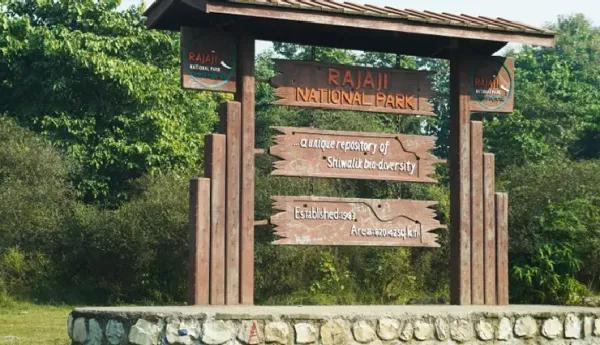
# Rajaji National Park
Known for its large population of Asian elephants and tigers, Rajaji National Park is spread over 820 sq. km. It hosts over 50 mammal species including leopards, sloth bears, Himalayan black bears, hyenas, and jackals. Over 300 species of birds, including 90 migratory ones like mallards, teals, and gulls, can be found here.
The park was declared a National Park in 2012, and it is divided into three zones:
Rajaji Range (est. 1948)
Motichoor Range (est. 1936)
Chilla Range (est. 1977)
Safari Options:
Jeep Safari:
Indian – ₹3800/Jeep | Foreigner – ₹9000/Jeep
Capacity: 6 Adults + 2 Children
Timings: 6:30 AM–9:30 AM, 3 PM–6 PM
Canter Safari: Available for groups of up to 16 people
Best Time to Visit:
From November to June; closed during monsoon (July to September).
How to Reach:
Nearest Railway Station: Haridwar
Nearest Airport: Jolly Grant Airport, Dehradun (21 km away)
Entry Fee:
Indian – ₹150 for 3 hours | Foreigner – ₹600 (Chilla Range)
Timings: 6 AM–9 AM and 3 PM–6 PM daily
# Nanda Devi National Park
Nestled in the lap of the second-highest peak in India, Nanda Devi National Park is a UNESCO World Heritage Site and a biodiversity hotspot. Covering 380 sq. km, it is home to rare species like Brahma Kamal and Bharal (blue mountain goat). Lucky visitors may even spot snow leopards.
The park has two zones:
Inner Zone: Covers two-thirds of the park and is closed to tourists.
Outer Zone: Accessible to visitors.
Best Time to Visit:
From mid-June to mid-September. Open from March 1 to October 31.
How to Reach:
Nearest Airport: Jolly Grant Airport, Dehradun (315 km)
Nearest Railway Station: Rishikesh
Entry Fee:
Indian – ₹50 for 3 days + ₹50 for next 3 days
Foreigner – ₹150 for 3 days + ₹150 for next 3 days
Timings: 8 AM – 5 PM

# Govind Pashu Vihar National Park
Established in 1955, this national park in the Uttarkashi district covers nearly 958 sq. km. Surrounded by peaks like Swarg Rohini, Bandarpoonch, and Black Peak, it’s a haven for wildlife and scenic beauty. The park lies along the Tons River and houses species like brown bears, black bears, serow, golden eagle, and bearded vulture.
Best Time to Visit:
April to June and September to November
How to Reach:
Nearest Railway Station: Dehradun (207 km)
Nearest Airport: Jolly Grant Airport, Dehradun
Nearest Town: Dharkadhi (17 km)
Entry Fee:
Indian – ₹50 for 3 days + ₹50 for next 3 days
Foreigner – ₹150 for 3 days + ₹150 for next 3 days
Timings: 8 AM – 5 PM (May to September)
# Gangotri National Park
Located in the Uttarkashi district, Gangotri National Park spans 2,390 sq. km at altitudes of 1,800–7,083 meters. It includes the sacred Gaumukh Glacier, the origin of the Ganga River. The park is known for its rare species like snow leopards, blue sheep, musk deer, Himalayan monal, and black bears. It has over 150 bird species and around 15 mammal species.
Best Time to Visit:
April to October for the best scenic and wildlife experiences
How to Reach:
Nearest Airport: Jolly Grant Airport (273 km)
Nearest Railway Station: Dehradun (250 km)
Entry Fee:
Indian – ₹150 for 3 days + ₹50 per extra day
Foreigner – ₹600 for 3 days + ₹250 per extra day
Timings: 10 AM – 6 PM

# Valley of Flowers National Park
A vibrant alpine valley tucked in the western Himalayas, Valley of Flowers is a UNESCO World Heritage Site since 2005. Declared a national park in 1982, it spans 87.5 sq. km at an altitude of 3,658 meters. Covered in a colorful carpet of endemic Himalayan flowers, this valley is a visual treat and part of the Nanda Devi Biosphere Reserve.
Best Time to Visit:
June to October when the valley is in full bloom.
How to Reach:
Nearest Airport: Jolly Grant Airport, Dehradun
Nearest Railway Station: Rishikesh
From Govindghat (motorable), travel to Pulna village, followed by a 13 km trek to reach the valley.
Entry Fee:
Indian – ₹150 for 3 days + ₹50 per day thereafter
Foreigner – ₹650 for 3 days + ₹250 per day thereafter
Timings: 7 AM – 6 PM
Camping is not permitted in the valley.
